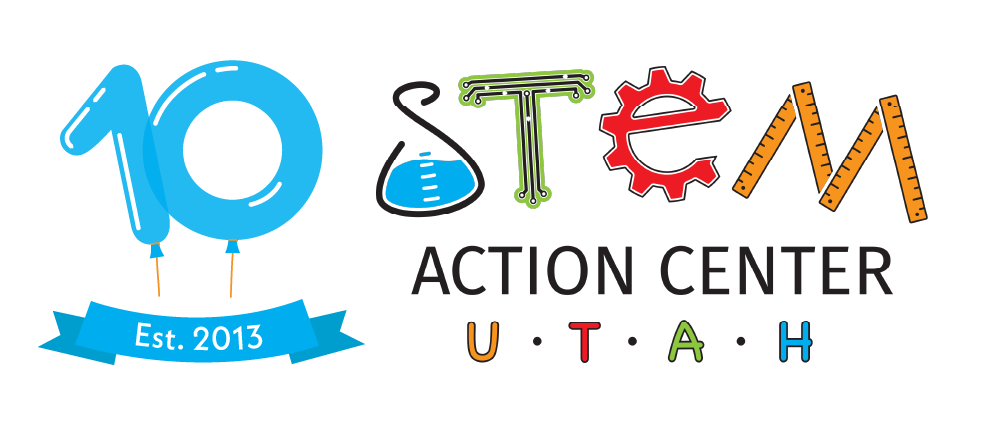Lesson Description
SEEd standard 2.2.3 says, “Develop and use a model that mimics the function of an animal dispersing seeds or pollinating plants.” A great way to teach this standard is to do a lesson on hand pollinators.
In this lesson, students will learn about the role of pollinating insects and consider the question, “How can I help a plant that is not getting pollinated by insects?” They then explore what kind of materials would be good to pick up and disperse pollen. Using that information they use the engineering design process to design and create hand pollinators to test on model flowers.
Ways to teach this lesson:
- The Boston Museum of Science has created an educator guide, storybook, and materials kit available for purchase to teach a whole unit with this lesson. – On youtube.com there is a series of videos showing a teacher doing the lesson in a 2nd grade classroom.
- In the lesson documents there is a lesson plan and design worksheet provided by a teacher in Utah. She also used the flower and materials testing worksheets found in the Boston Museum of Science lesson. To get an idea of what they look like, check out this PD slideshow.
Extra Resources:
- A blog post by a teacher showing her students doing the activity.
- Videos showing how to make the flower models, such as the bucket orchid and the jack-in-the-pulpit
Grade(s)/Age
2nd Grade
Science Subject Matter
Science and Engineering Practices, Life Sciences: Ecosystems (LS2), Engineering Design: Defining and Delimiting and Engineering Problem (ETS1.A)

